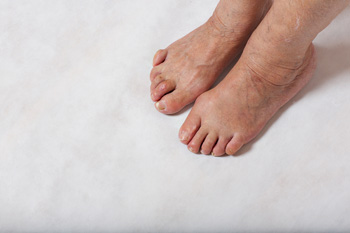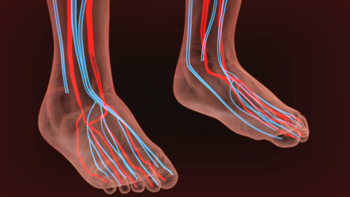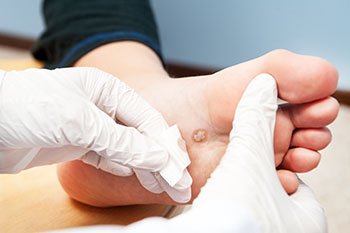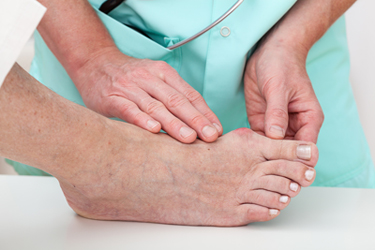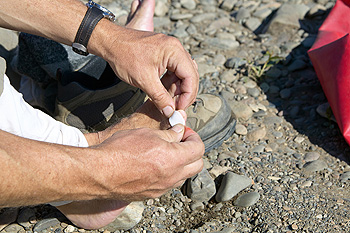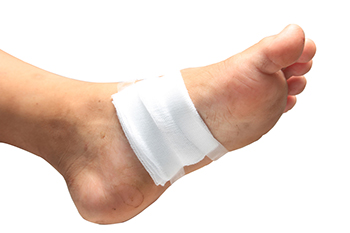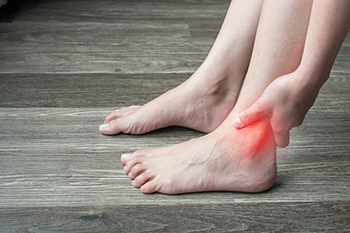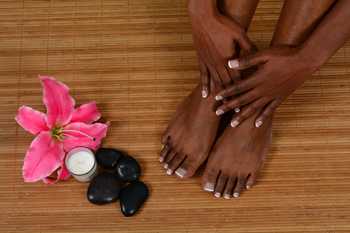
Many people take their feet for granted, even though they are the foundation of the body. The feet will feel better when everyday foot care methods are routinely applied, which can begin with washing and drying the feet thoroughly. This can be followed by using a good moisturizer and trimming the toenails once per week. It is beneficial to cut the toenails straight across instead of in a curved fashion, and this may be helpful in preventing an ingrown toenail from developing. When the skin on the feet is regularly exfoliated, the removal of dead skin can make them feel softer. Exfoliating can be accomplished using a pumice stone, and it can help to soak the feet in warm water before beginning this procedure. It is beneficial to wear shoes that fit correctly, which can help to prevent several uncomfortable foot conditions from developing. If you would like more information about successful everyday foot care tips, it is suggested that you confer with a podiatrist who can provide you with the knowledge you are seeking.
Everyday foot care is very important to prevent infection and other foot ailments. If you need your feet checked, contact one of our podiatrists from Westside Podiatry Center, LLP. Our doctors can provide the care you need to keep you pain-free and on your feet.
Everyday Foot Care
Often, people take care of their bodies, face and hair more so than they do for their feet. But the feet are a very important aspect of our bodies, and one that we should pay more attention to. Without our feet, we would not be able to perform most daily tasks.
It is best to check your feet regularly to make sure there are no new bruises or cuts that you may not have noticed before. For dry feet, moisturizer can easily be a remedy and can be applied as often as necessary to the affected areas. Wearing shoes that fit well can also help you maintain good foot health, as well as making it easier to walk and do daily activities without the stress or pain of ill-fitting shoes, high heels, or even flip flops. Wearing clean socks with closed shoes is important to ensure that sweat and bacteria do not accumulate within the shoe. Clean socks help to prevent Athlete’s foot, fungi problems, bad odors, and can absorb sweat.
If you have any questions please feel free to contact one of our offices located in Liverpool, Camillus, Skaneateles, Oswego, and Cicero, NY . We offer the newest diagnostic and treatment technologies for all your foot and ankle needs.
